Pawscessories is reader-supported. When you buy via links on our site, we may earn an affiliate commission at no cost to you.
Learn more.
Have you ever noticed that your dog’s occiput seems to be growing larger as they age? If so, you’re not alone. The occiput is a part of the dog’s skull that sometimes grows quite large, and it can be quite perplexing for pet owners.
In this post, we will take a look at what the occiput is, why it sometimes grows large in dogs, which breeds are more prone to having large occiputs, and some other frequently asked questions about this topic.
Table of Contents
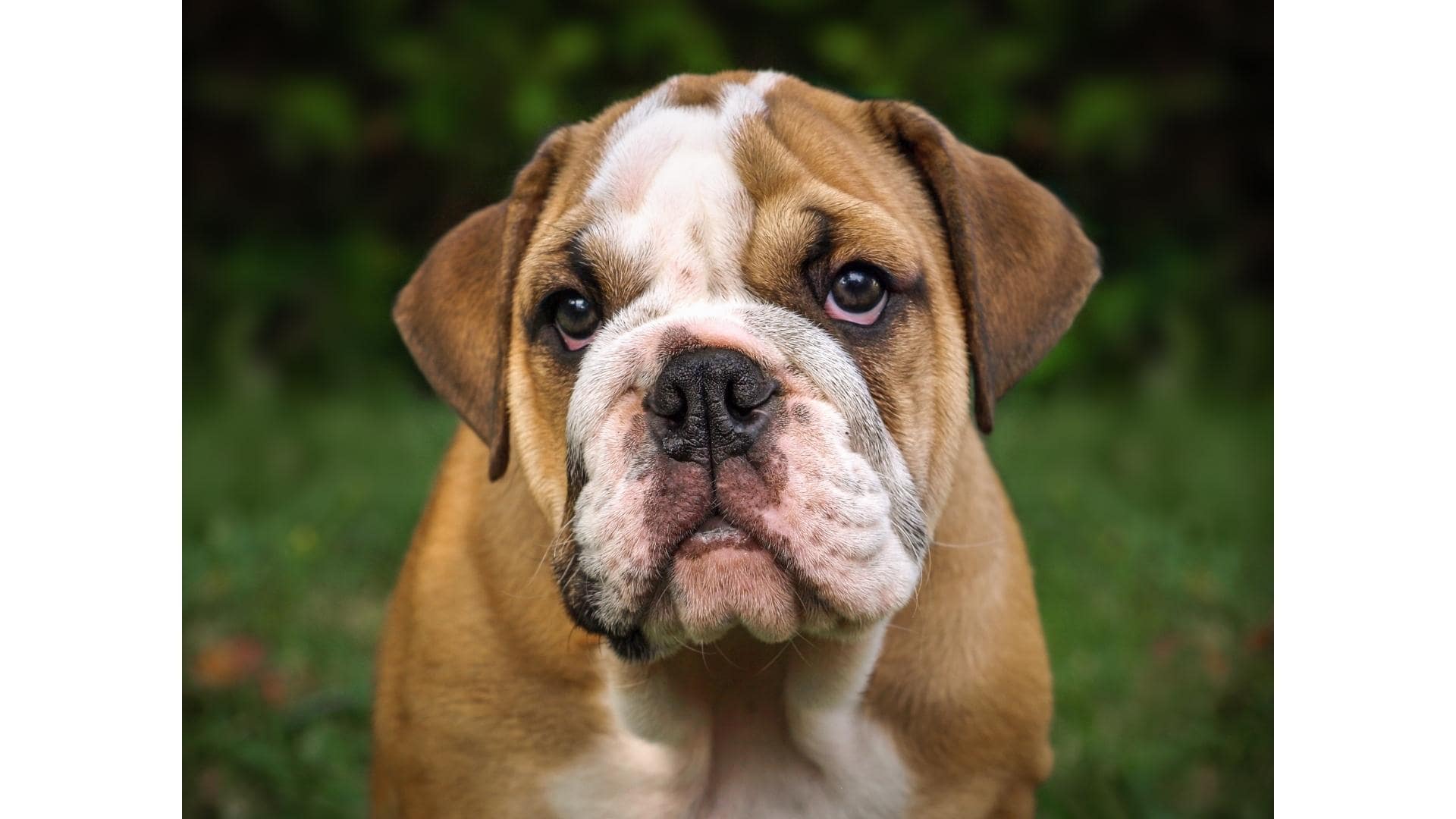
What Is An Occiput?
The occiput is the knob-like bump at the back of a dog’s skull. It is located between the ears and serves as an attachment point for muscles that move the head.
The occiput also helps to protect the brain from shocks and impacts. While it is generally not a very pronounced feature, the occiput is an essential part of a dog’s anatomy.
Why Do Dogs Have Occiputs?
Dogs have a protrusion at the back of their skull called an occiput. This bony prominence is the point where the neck meets the head, and it serves several important functions.
First, the occiput provides attachment points for muscles that help to move the head. These muscles are important for a dog’s ability to shake their head, turn their head from side to side, and nod.
Second, it helps to protect the brain from impact in the event of a fall or collision. This is because the occiput acts as a shock absorber, absorbing some of the force that would otherwise be transmitted to the brain.
Finally, the occiput provides a point of attachment for ligaments that help to stabilize the head on the neck. These ligaments are important for keeping the head from wobbling or shaking too much.
In addition to its practical purposes, the occiput also gives dogs a distinctively canine appearance. So next time you see a dog shaking its head, remember that its occiput is doing important work.
Why Is My Dog’s Occiput Getting Bigger?
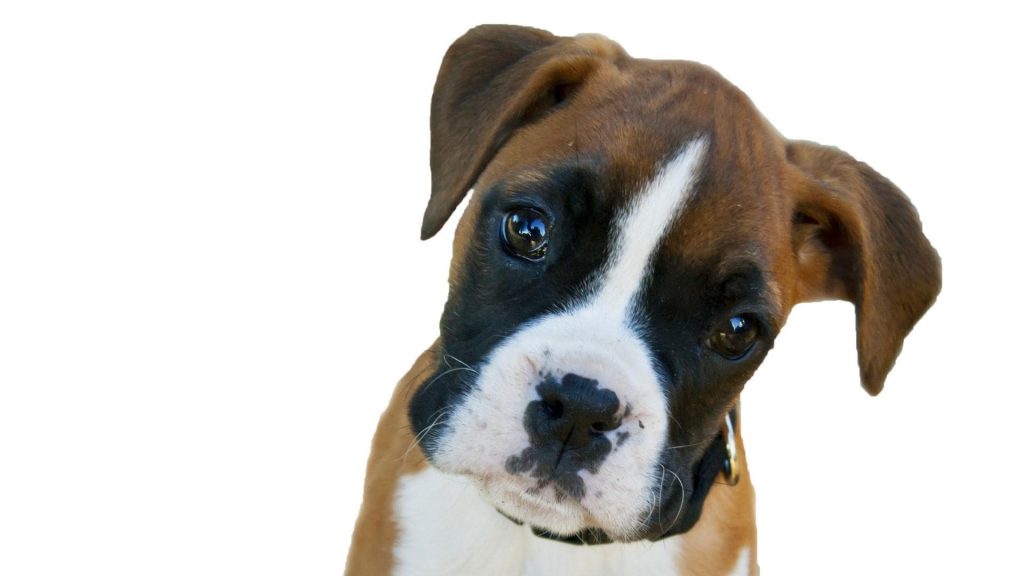
If you’ve noticed that your dog’s occiput (the back of the head) is getting bigger, there’s no need to worry. This is a common sign of aging in dogs and is not indicative of any underlying health condition.
The occiput is made up of bone, muscle, and connective tissue, and over time, these tissues begin to break down and deteriorate. This can cause the occiput to become larger or more pronounced.
While this change is usually harmless, it is important to keep an eye on your dog’s health and consult with your veterinarian if you have any concerns. In some cases, it can be for more severe reasons, such as myositis or a tumor, but these are relatively rare.
If you’re concerned about your dog’s occiput, the best thing to do is to consult with your veterinarian.
When Should a Dog’s Occiput Stop Growing?
The occiput typically stops growing by the time a dog reaches 4-6 months of age. However, some breeds may continue to experience growth well into adulthood.
For example, the occiput may not reach its full size in Great Danes until they are two years old. In general, large and giant breeds take longer to reach maturity than smaller breeds.
Therefore, it is not unusual for a dog’s occiput to continue growing until they are 18 months to two years old.
Which Breeds Tend To Have a Larger Occiput?
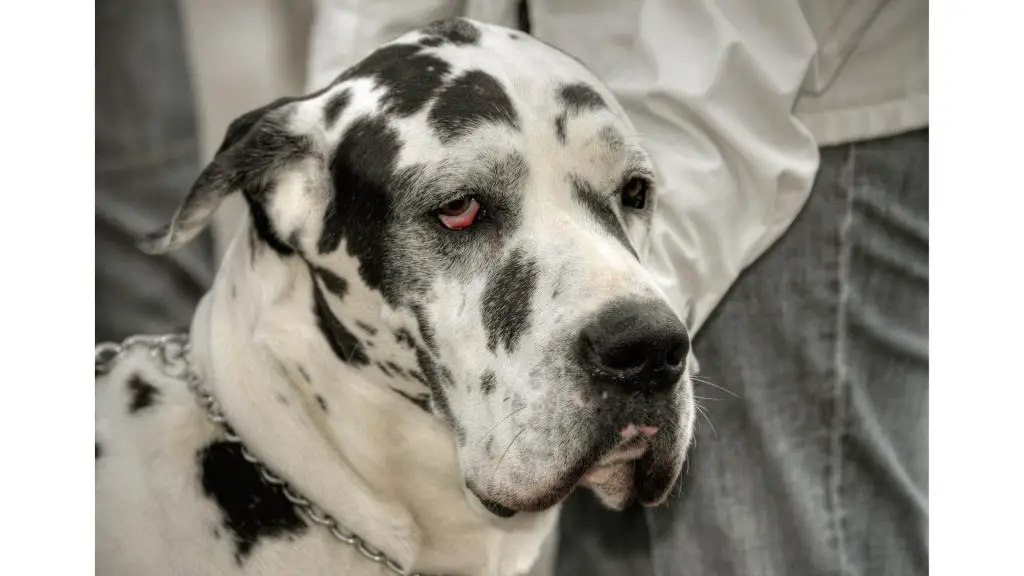
There is no hard and fast rule about which breeds tend to have a larger occiput. However, large and giant breeds are generally more likely to have a pronounced occiput than smaller breeds.
Some of the more common large and giant breeds with a prominent occiput include:
- Great Danes
- Mastiffs
- Boxers
- Bulldogs
- Newfoundlands
- Retrievers (Golden & Labrador)
- St. Bernards
- Bernese Mountain Dogs
While any dog can develop a large occiput, these breeds are more likely to have this anatomical feature.
What Should You Do If You Notice a Swollen Occiput On Your Dog?
If you notice that your dog’s occiput is swollen or seems to be growing at an abnormal rate, it is important to consult with your veterinarian. While a large occiput is usually nothing to worry about, it can occasionally be indicative of a more severe condition.
Your veterinarian will be able to assess your dog’s condition and determine whether or not further testing or treatment is necessary. In most cases, a swollen occiput is nothing to be concerned about and will resolve on its own.
However, if your veterinarian is concerned, they may recommend additional testing, such as x-rays or an MRI, to rule out any underlying health conditions.
FAQs
Do All Dogs Have An Occiput?
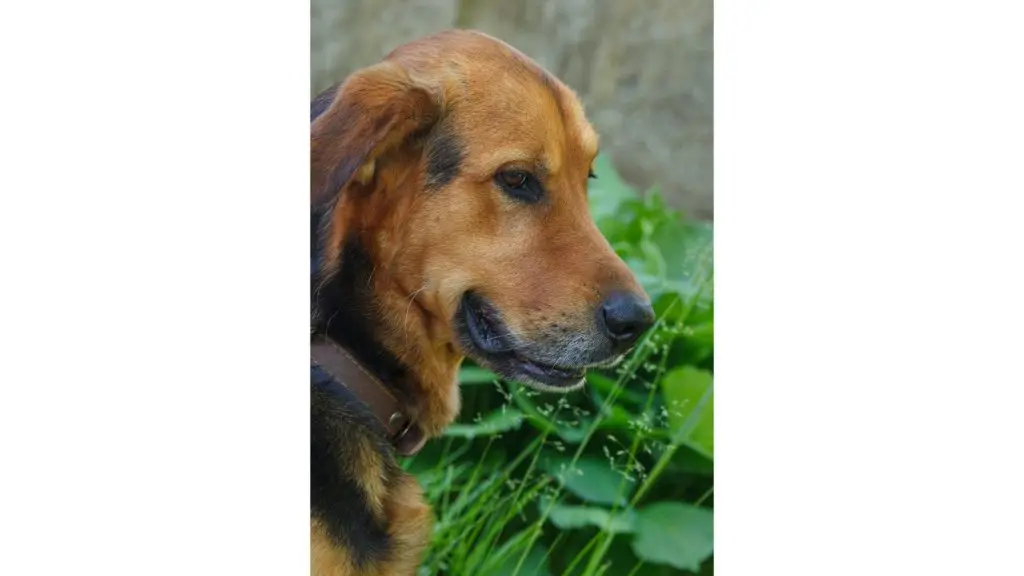
Yes, all dogs have an occiput. This anatomical feature is located at the back of the head, just above the neck.
The occiput is made up of bone, muscle, and connective tissue, and its primary function is to protect the brain.
Does a Large Occiput Bone Indicate a Health Issue?
No, a large occiput bone does not necessarily indicate a health issue. In most cases, it is simply a sign of aging and does not indicate any underlying health condition.
However, if you notice that your dog’s occiput is swollen or seems to be growing at an abnormal rate, it is a good idea to consult with your veterinarian. Even though it’s usually nothing, there’s a possibility that it could be an underlying health issue.
So it’s better to err on the side of caution and have a veterinarian look at them.
Does a Large Occiput Bone Indicate Higher Intelligence?
No, there is no scientific evidence to suggest that a dog with a large occiput bone is more intelligent than a dog with a smaller occiput bone.
While the occiput does play a role in protecting the brain, its size does not indicate intelligence.
Is It Okay To Massage My Dog’s Occiput? If So, How?
Yes, it is perfectly safe to massage your dog’s occiput. In fact, many dogs enjoy having their occiputs massaged.
To massage your dog’s occiput, simply place your hands on either side of the head and gently rub or knead the area. You can also use a circular motion.
If your dog seems to enjoy it, you can massage their occiput for a few minutes at a time. Just be sure to use gentle pressure and avoid massaging any areas that are swollen or seem to be in pain.
What Is a Knowledge Bump On a Dog?
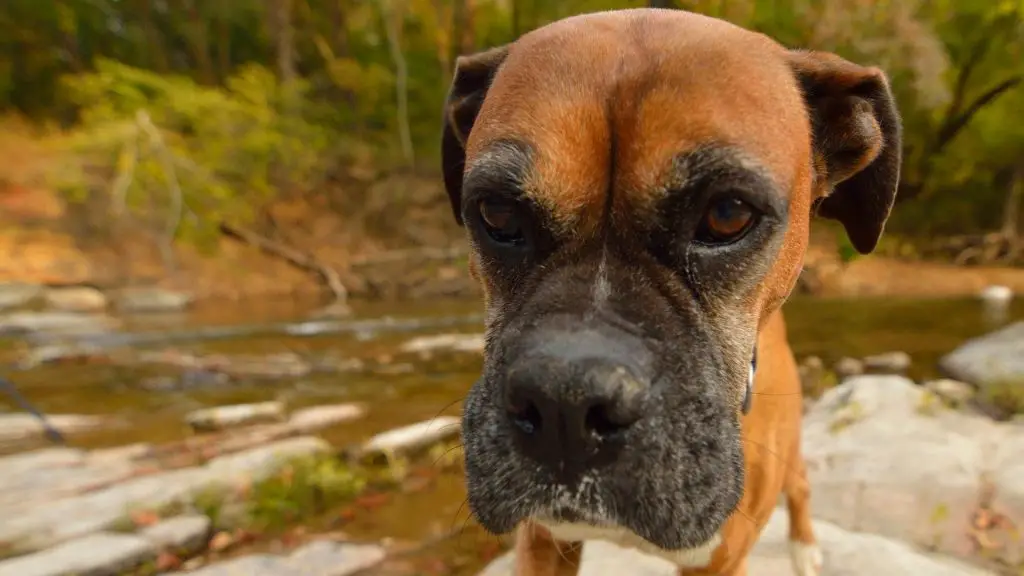
A knowledge bump, also known as an occipital crest, is a small lump of bone located at the back of the head.
While all dogs have a ‘knowledge bump,’ some breeds, such as Boxers and Bulldogs, have more pronounced bumps than others.
Final Thoughts
The occiput is a small protrusion of bone located at the back of the head. While all dogs have an occiput, some breeds, such as Boxers and Bulldogs, tend to have more pronounced bumps.
A large or swollen occiput is usually nothing to worry about and will resolve on its own. However, if you notice that your dog’s occiput is swollen or seems to be growing at an abnormal rate, it is important to consult with your veterinarian.
Other posts you might find interesting:
My Dog Jumped After Being Spayed! What Should I Do?
